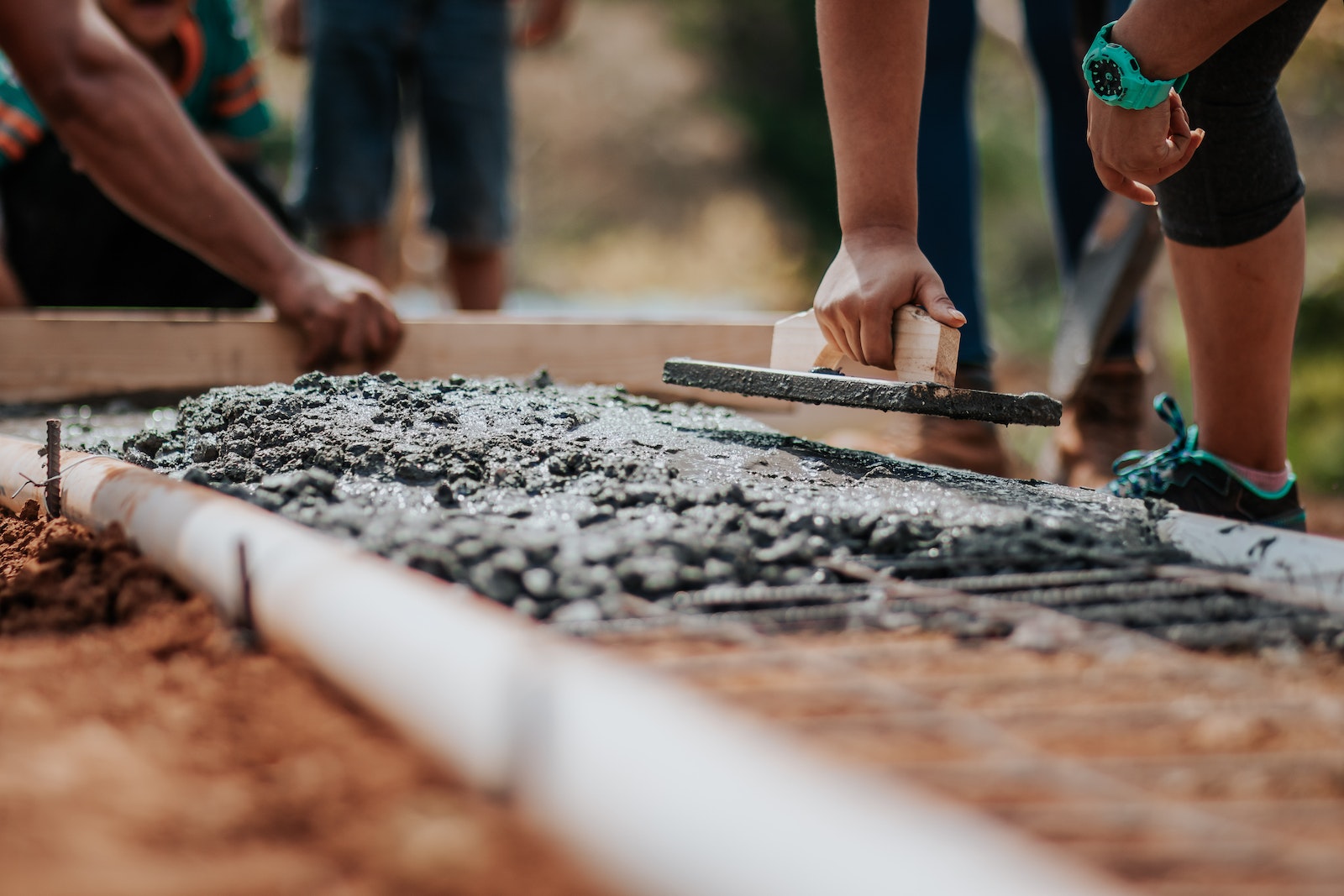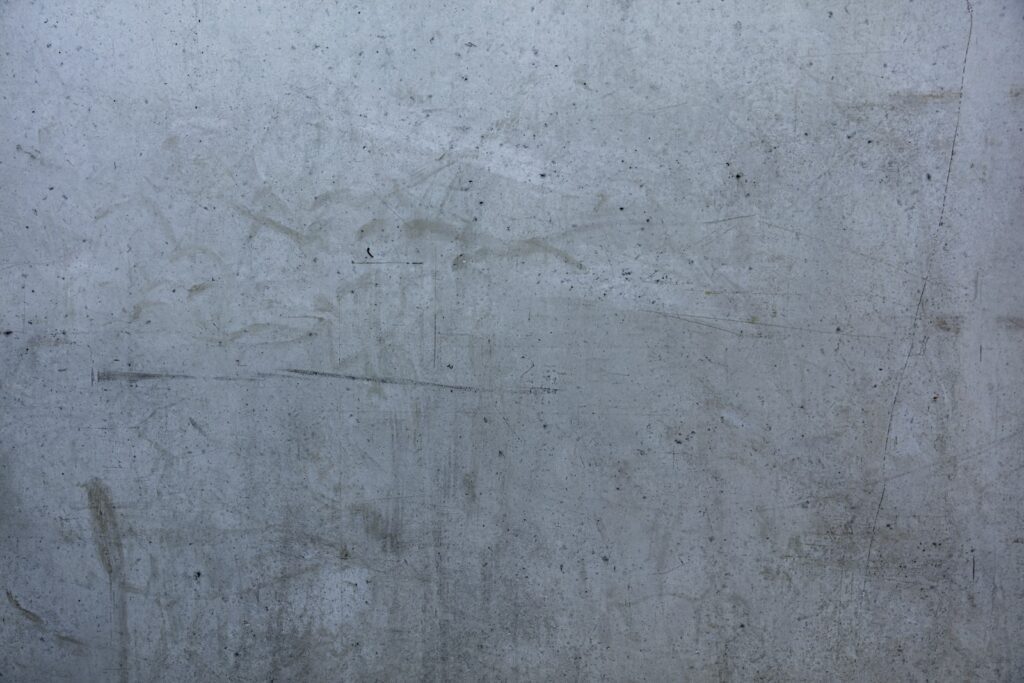Learn how to repair cracks in concrete porch with our ultimate guide. We cover everything you need to know from cost to DIY tips. A concrete porch is a great addition to any home. It provides a solid, durable surface that can withstand the elements and heavy foot traffic.
However, over time, cracks may start to form in the concrete, which can be unsightly and even dangerous if left untreated. In this ultimate guide, we will cover everything you need to know about how to repair cracks in concrete porch. From the cost of repairs to DIY tips, we have got you covered.
Understanding concrete cracks
Contents
- 1 Understanding concrete cracks
- 2 How to repair cracks in concrete porch?
- 3 How much does it cost to repair cracks in concrete porch?
- 4 How to repair hairline cracks in concrete porch?
- 5 How to repair shrinkage cracks in concrete porch?
- 6 How to repair settlement cracks in concrete porch?
- 7 How to repair structural cracks in concrete porch?
- 8 FAQs on how to repair cracks in concrete porch?
- 9 Final remarks on how to repair cracks in concrete porch
Before we dive into the repair process, it’s important to understand the different types of cracks that can occur in concrete. These include:
- Hairline cracks: These are small, thin cracks that are less than 1/8 inch wide. They are generally cosmetic and don’t require immediate repair.
- Shrinkage cracks: These occur during the curing process of the concrete and are caused by the concrete drying too quickly. They are typically small and don’t require repair.
- Settlement cracks: These are caused by the shifting or settling of the soil beneath the concrete. They are typically wider than hairline cracks and require more extensive repairs.
- Structural cracks: These are the most serious type of crack and can compromise the integrity of the concrete. They require immediate attention and repairs.
How to repair cracks in concrete porch?
Now that you understand the different types of cracks, it’s time to learn how to repair them. Here are the steps you need to follow:
- Clean the crack: Use a wire brush or a pressure washer to clean out any debris or dirt in the crack. This will ensure that the repair material bonds properly to the concrete.
- Apply the filler: For hairline cracks, use a concrete crack filler. For wider cracks, use a concrete patching compound. Follow the manufacturer’s instructions for mixing and applying the product.
- Smooth the surface: Use a trowel or putty knife to smooth out the filler or patching compound. Make sure the surface is level with the surrounding concrete.
- Let it cure: Allow the repair material to dry according to the manufacturer’s instructions. This may take several hours or days depending on the product.
- Seal the crack: To prevent water from seeping into the crack and causing further damage, apply a concrete sealer to the repaired area.
How much does it cost to repair cracks in concrete porch?
The cost of repairing cracks in concrete porch will vary depending on the extent of the damage and the method of repair. Here are some general cost estimates:
- Hairline cracks: These can be repaired with a concrete crack filler, which costs around $10 to $20 per tube.
- Shrinkage cracks: These don’t require immediate repair but can be filled with a concrete crack filler for cosmetic purposes.
- Settlement cracks: These may require more extensive repairs, such as injecting polyurethane foam under the concrete slab or removing and replacing the damaged section. Costs can range from $500 to $3,000 or more depending on the extent of the damage.
- Structural cracks: These require immediate attention and may require the assistance of a professional engineer. Costs can range from $2,000 to $15,000 or more depending on the severity of the damage.
How to repair hairline cracks in concrete porch?
Repairing hairline cracks in a concrete porch is a relatively simple DIY task. Here are the steps you can follow:
- Clean the area: Begin by cleaning the crack and its surrounding area using a wire brush or a pressure washer. This will remove any loose debris or dirt that might hinder the repair process.
- Apply filler: Once the area is clean, apply a concrete crack filler using a caulk gun. Ensure that the filler reaches all the way to the bottom of the crack. For hairline cracks, a liquid filler is a good option. Use a putty knife to smooth the filler over the surface, and scrape off any excess.
- Allow the filler to dry: Once the filler is applied, let it dry completely. Check the manufacturer’s instructions for the recommended drying time, which may vary based on the product used.
- Sand the surface: After the filler has dried, use a fine-grit sandpaper to smooth out any rough spots or edges.
- Seal the crack: Finally, apply a concrete sealer over the entire surface of the porch to prevent future cracks and ensure that the repair lasts for a long time.
By following these steps, you can easily repair hairline cracks in your concrete porch and improve its appearance and durability.
How to repair shrinkage cracks in concrete porch?
Shrinkage cracks are common in concrete porches and can occur due to the natural process of concrete drying and shrinking. These cracks usually appear as thin, hairline cracks and may not pose any structural concerns. However, they can be unsightly and allow water to seep through, causing further damage over time. To repair shrinkage cracks in a concrete porch, you will need a few basic tools and materials.
First, you will need to clean the area around the crack by sweeping away any debris or loose concrete. Next, use a wire brush to remove any loose material around the crack. Apply a concrete bonding agent to the area to ensure proper adhesion of the repair material.
Then, mix up a small amount of concrete patching compound according to the manufacturer’s instructions and apply it to the crack, making sure to fill it completely. Smooth out the surface of the patch with a trowel and allow it to dry for the recommended amount of time before applying a sealant to protect the repair from moisture and weather damage.
How to repair settlement cracks in concrete porch?
Settlement cracks occur when the soil beneath the concrete porch sinks or shifts, causing the concrete to settle unevenly. These types of cracks require a slightly different approach to repair than other types of cracks.
To repair settlement cracks in a concrete porch, follow these steps:
- First, clean the crack and surrounding area with a wire brush and a hose to remove any debris or loose material.
- Next, use a chisel and hammer to widen the crack into a V-shape. This will allow the repair material to better adhere to the concrete.
- Fill the crack with a concrete patching compound, pushing it into the crack with a putty knife or trowel.
- Smooth the surface of the patching compound with a trowel, ensuring that it is level with the surrounding concrete.
- Allow the patching compound to dry according to the manufacturer’s instructions.
- Once the compound is dry, apply a concrete sealant to the entire porch to prevent future cracks and damage.
By following these steps, you can effectively repair settlement cracks in your concrete porch and prevent further damage.
How to repair structural cracks in concrete porch?
Structural cracks in a concrete porch are a serious issue that requires immediate attention. These types of cracks are caused by structural damage or settling of the foundation, and they can compromise the integrity of the porch.
It is recommended to hire a professional to assess the situation and provide a solution, as attempting to fix structural cracks on your own can be dangerous and ineffective. Here are some steps a professional may take to repair structural cracks:
- Identify the root cause: A professional will first identify the root cause of the crack, whether it is due to improper installation, water damage, or foundation settling.
- Reinforce the foundation: In some cases, the foundation of the porch may need to be reinforced to prevent further damage. This may involve installing piers or underpinning to lift and stabilize the porch.
- Fill the crack: Once the foundation has been stabilized, the crack can be filled with a high-strength epoxy or polyurethane filler to prevent further damage and improve the appearance of the porch.
- Seal the porch: After the crack has been filled, the porch should be sealed with a high-quality sealant to prevent water damage and prolong the life of the repair.
It is important to note that structural cracks should not be ignored or attempted to be fixed on your own. Consulting with a professional is recommended to ensure a safe and effective repair.


FAQs on how to repair cracks in concrete porch?
Q. How can I tell if my concrete porch needs to be repaired?
A. Signs that your concrete porch may need repairs include cracks, pitting, scaling, or flaking. You may also notice that the surface of the porch is uneven or that it has become discolored or stained.
Q. Can I repair my concrete porch myself?
A. While it is possible to repair minor cracks and damage yourself, more extensive repairs may require the assistance of a professional. If you are unsure about how to repair your concrete porch, it is always best to consult with a professional.
Q. How long will it take to repair my concrete porch?
A. The length of time it takes to repair your concrete porch will depend on the extent of the damage and the type of repairs needed. Minor repairs can usually be completed in a day or two, while more extensive repairs may take several days.
Q. How much will it cost to repair my concrete porch?
A. The cost of repairing a concrete porch will depend on the extent of the damage and the type of repairs needed. Minor repairs can often be completed for a few hundred dollars, while more extensive repairs can cost several thousand dollars.
Final remarks on how to repair cracks in concrete porch
We hope you learned how to repair cracks in concrete porch as it is a necessary task to maintain its appearance and structural integrity. By following the steps outlined in this article, you can repair the cracks in your concrete porch and protect it from further damage. Remember to choose the right materials and tools for the job, and don’t hesitate to seek professional assistance if needed. With a little bit of effort, you can keep your concrete







